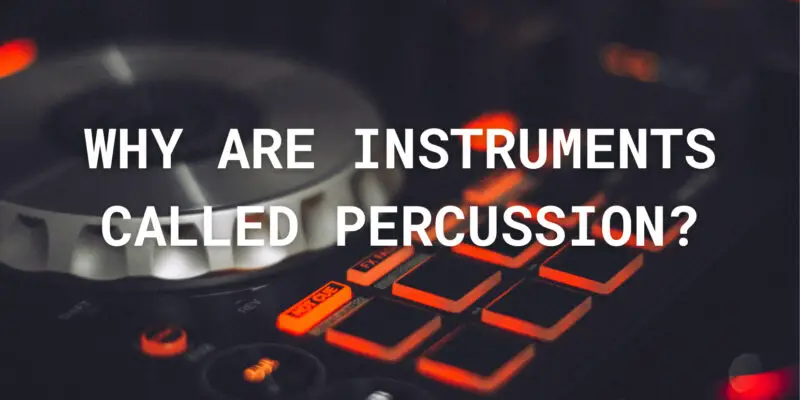ercussion instruments form a rhythmic and dynamic foundation in the world of music, providing the heartbeat and driving force in various musical genres. The term “percussion” refers to a specific family of instruments that produce sound by being struck or shaken, and it encompasses a wide range of musical tools, from drums and cymbals to marimbas and tambourines. In this article, we will explore why these instruments are aptly named “percussion.”
The Origin of “Percussion”
The word “percussion” finds its roots in Latin, deriving from the verb “percussus,” which means “to strike” or “to hit.” This etymological connection is fitting because percussion instruments, by definition, create sound through striking or hitting them with various objects, such as hands, mallets, or sticks. This fundamental characteristic sets them apart from other instrument families, like strings or brass, which produce sound by vibrating strings or columns of air.
Sound Production Through Impact
Percussion instruments share a common mechanism for sound production: impact. When a percussion instrument is struck or hit, it generates vibrations within the instrument’s structure, producing sound waves that travel through the air and reach our ears. The force, angle, and location of the impact, as well as the properties of the instrument itself, all influence the resulting sound. This variability allows percussionists to create a wide range of tones, timbres, and rhythms, making the family of percussion instruments remarkably diverse and versatile.
Diversity in Percussion
Percussion instruments come in countless shapes, sizes, and materials, contributing to their diverse sonic palette. Some well-known examples include:
- Drums: The quintessential percussion instruments, drums are characterized by their circular membranes stretched over a resonating body. Drummers strike the membrane to create sound, and the size and tension of the membrane determine the pitch and tone.
- Cymbals: Cymbals are metal plates that, when struck together or with a stick, produce a shimmering and sustained sound with various overtones.
- Xylophones and Marimbas: These instruments consist of wooden bars of different lengths, each tuned to a specific pitch. Striking the bars with mallets creates melodic patterns.
- Tambourines and Shakers: These handheld percussion instruments produce sound by shaking or striking them, often incorporating jingles, beads, or bells to add color and texture.
- Percussion Ensembles: Groups of percussionists often perform together, creating intricate rhythms and intricate soundscapes by combining a variety of percussion instruments, including congas, bongos, djembes, and more.
The Heartbeat of Music
Percussion instruments play a vital role in music by establishing rhythm, providing accents, and adding depth to compositions. Whether in classical orchestras, jazz bands, rock and pop groups, or traditional folk ensembles, percussion instruments are the heartbeat of music, anchoring performances and driving the energy of musical pieces.
In conclusion, the term “percussion” is aptly chosen to describe this family of instruments that rely on impact and striking to create sound. Their ubiquity across cultures and genres highlights their significance in the world of music, where they not only keep the beat but also infuse compositions with energy, emotion, and a sense of groove.


